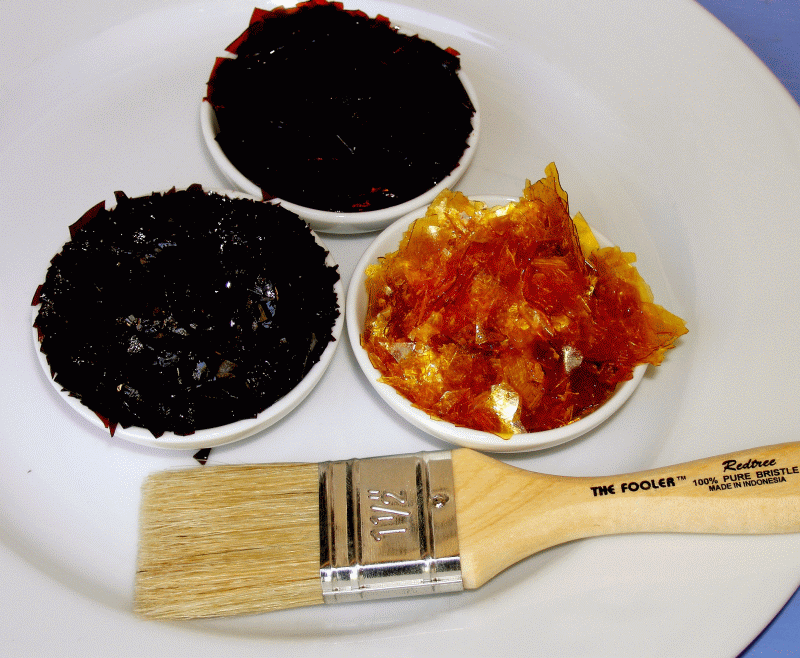Frame: ALAN Super Record Pista 57x57cm, from Pordenone, Italy
Fork: ALAN Super Record Pista, from Pordenone, Italy
Wheels: Campagnolo Record Pista 36H hubs, Mavic Pista silver 36H rims for tubular tyres, corked, tied and soldered spokes, from Amsterdam via Marktplaats
Headset: Campagnolo Record Strada, came with frame
Crankset: Campagnolo Record Pista 170mm BCD 144mm, chain ring Campagnolo Super Record Pista 53T BCD 144mm 3/32"
BB set: Campagnolo, Italian thread, 110mm axle (70-SS), from Berlin via Ebay
Handlebars: Cinelli 66-44, was already in my garage
Handlebar stem: Cinelli 1A 14cm, an old one that I've used on my road bike in the past
Pedals: Campagnolo Record Pista from Northern Ireland via
www.londonfgss.com
Toeclips: Campagnolo Record Medium (steel) from my own NOS
Toestraps: Alfredo Binda, leather, white, from Neerkant via Marktplaats
Saddle: San Marco Rolls, black. From my own stock
Seat post: Campagnolo Super Record 25.0mm, came with frame, from Pordenone, Italy
Sprocket: Shimano Dura Ace 16T 3/32", new, from my own stock
Chain: SRAM PC870 3/32", from
www.rose.de
Handlebar tape: Cloth, black, from
www.rose.de
Spokes: DT Swiss Competition silver, from
www.rose.de
OTHERS:
Shoes: Vittoria, size 43, from Berlin, Germany via forum Tour magazine
Shoe cleats: T.A. Criterium, bought from Mr. H. Stone, Bristol
STILL SPACE FOR IMPROVEMENTS/CHANGES
Seat post: Campagnolo (Super), 25.0mm. The current seat post is shortened, so another one would be perfect
Saddle: San Marco Concor
Handlebars: Cinelli 65-42 or 65-44
Headset: Campagnolo Record Strada, came with frame
Crankset: Campagnolo Record Pista 165mm BCD 144mm
Chain ring: Campagnolo Super Record Pista 52T BCD 144mm 1/8"
Chain: Regina or another Italian, 1/8"
Sprocket: Campagnolo, 16T 1/8"
Jersey: Acrylic, wool
Shorts: Acrylic, wool
Mitts: Full leather or crotchet back with leather palm
Not completely ready.
Currently I'm replacing the rusty spokes of the rear wheel (DT Swiss Competition) and I will have to tie and solder them again (not a must but I will do it).
Tubulars have to be glued.
Perhaps I will apply some layers of shellac (blond) to the bar tape.
I will ride it on the track in 2 weeks.





































